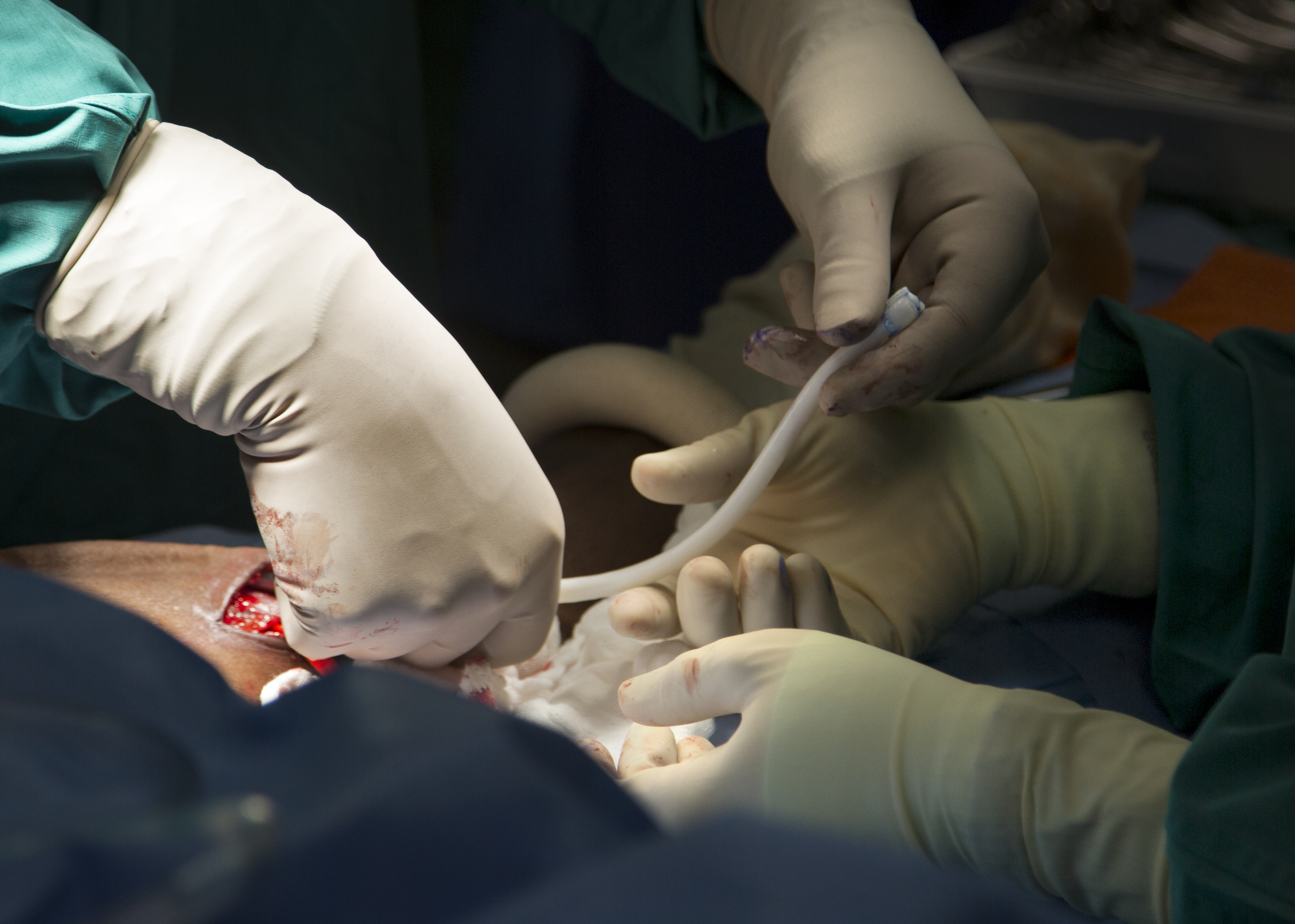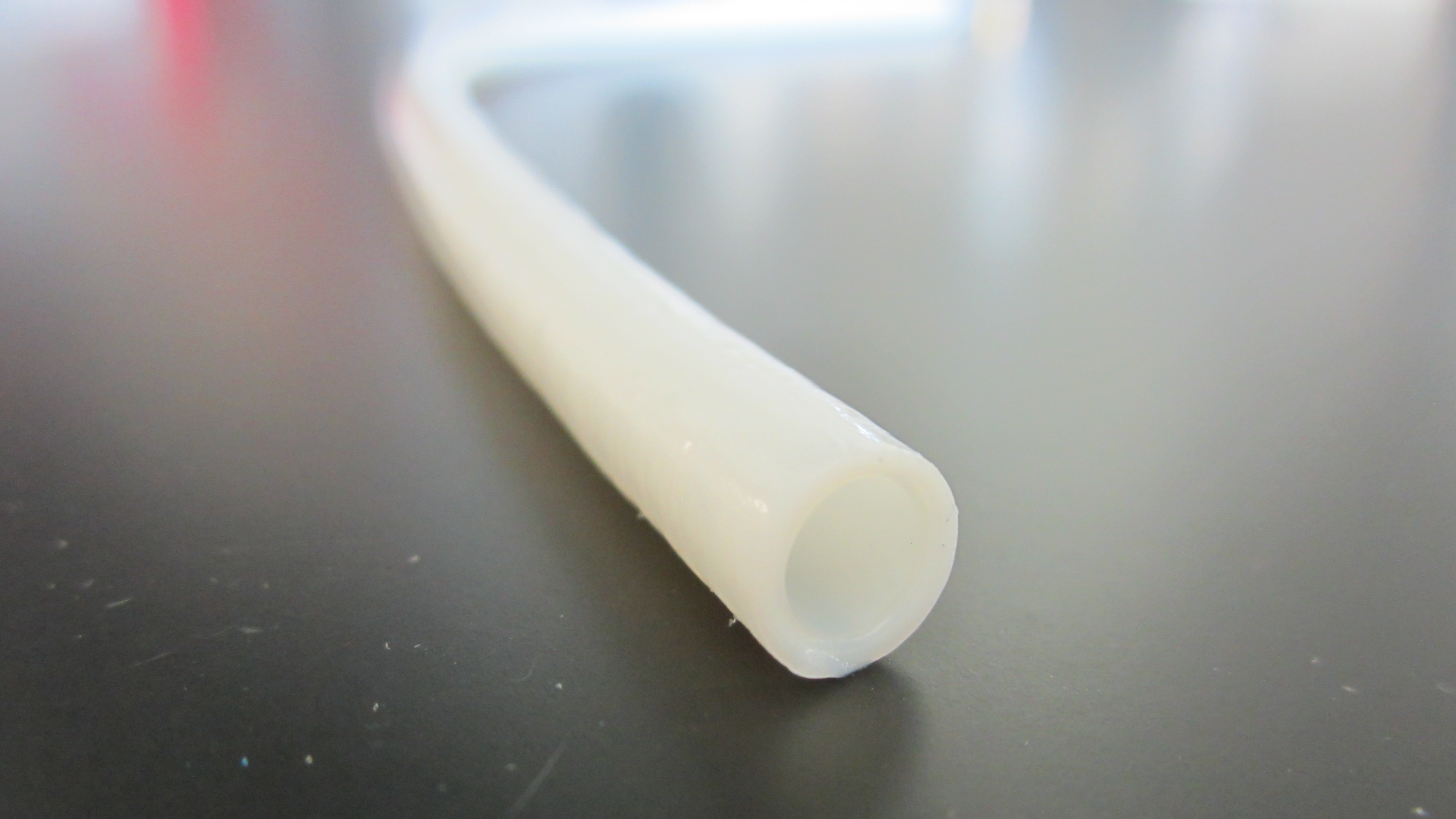 Of the 14 percent of Americans that have some form of chronic kidney disease, hundreds of thousands have progressed to end-stage renal disease and are on weekly dialysis treatments, a process that pulls blood out of the body, cleanses it, and pumps it back into the blood vessels. But over time finding a good access point can be tough, either because blood vessels wear down or because they have poor blood flow.
Of the 14 percent of Americans that have some form of chronic kidney disease, hundreds of thousands have progressed to end-stage renal disease and are on weekly dialysis treatments, a process that pulls blood out of the body, cleanses it, and pumps it back into the blood vessels. But over time finding a good access point can be tough, either because blood vessels wear down or because they have poor blood flow.
The company Humacyte is developing bioengineered blood vessels that become incorporated into a patient’s blood vessels. Because the body regenerates the implanted vessel, it doesn’t wear down like other synthetic alternatives.
The idea for Humacyte started in the early 2000s when Shannon Dahl and Juliana Blum were working on tissue regeneration in the lab of Laura Niklason at Duke University. The trio decided it was time to transition their research out of academia and into a company.
“Laura Niklason was able to create a bioreactor system that allowed for tissue growth in a way that was similar to how it would grow in the body,” says Blum, now Executive Vice President at Humacyte.
To refine their unique bioreactor to meet industry standards the founders looked to Small Business Innovative Research (SBIR) funding for support.
Blum says the two Phase I and one Phase II SBIR grants they’ve received from the National Heart, Lung, and Blood Institute and the National Institute of Diabetes and Digestive and Kidney Diseases have also allowed the company to attract investor funding, run critical clinical trials, and scale up manufacturing to support commercial endeavors.
The vessels are “acellular,” meaning they won’t cause an immune reaction when implanted, and they will reduce the need for additional surgeries.
Blum says the immediate goal of the vessels—which are in Phase III clinical trials and could be available as early as 2022—is to save dialysis patients time and discomfort, and to reduce health care costs. The vessels are “acellular,” meaning they won’t cause an immune reaction when implanted, and they will reduce the need for additional surgeries. In the long term, Blum also hopes to collaborate with groups who are developing engineered organs.
 The 120-employee company is also working on solutions for peripheral arterial disease and traumatic vascular injury using their bioengineered vessels.
The 120-employee company is also working on solutions for peripheral arterial disease and traumatic vascular injury using their bioengineered vessels.
“We want patients to have a better product opportunity when they're battling an illness,” says Blum.







